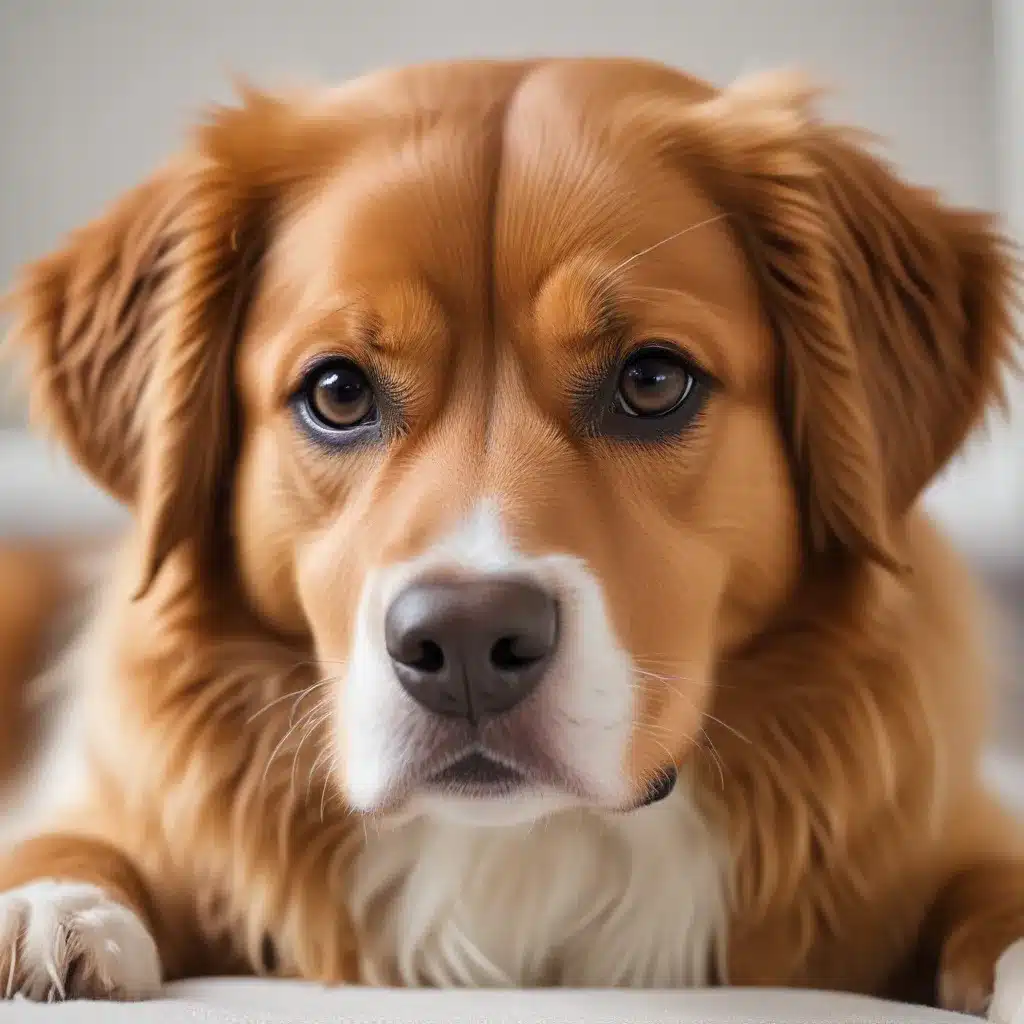
Has your dog ever greeted you with a wagging tail, only to turn into a trembling, destructive mess the moment you step out the door? If so, your pup might be struggling with a serious case of separation anxiety. And let me tell you, it’s no walk in the park for either of you.
What is Separation Anxiety?
Separation anxiety is a condition that affects our canine companions when they feel distressed by being separated from their beloved owners. It’s not just a little whining or chewing – it’s a full-blown panic attack that can lead to all sorts of concerning behaviors, from excessive barking and howling to destructive scratching and even self-injury.
According to the ASPCA, dogs with separation anxiety might start displaying signs of anxiety even before you leave the house, like pacing or whining as you gather your keys and coat. And the moment you step out that door, it’s like a switch flips – they become a completely different dog, one driven by sheer terror at the prospect of being alone.
Causes of Separation Anxiety
So what exactly triggers this distressing behavior? There can be a few different factors at play. WebMD explains that a major life change, like a new home, a new family member, or the loss of a loved one (human or canine), can all contribute to the development of separation anxiety.
And get this – sometimes it’s not even a major event that sets it off. The Humane Society notes that even something as simple as a change in your daily routine, like you going back to work after being home all day, can be enough to send your pup into a tailspin.
Recognizing the Signs
Now, the tricky thing about separation anxiety is that your dog might seem like a perfectly well-behaved, happy-go-lucky companion when you’re around. But the moment you leave, it’s like a totally different dog emerges.
The RSPCA outlines some of the telltale signs to watch out for, including destructive chewing, excessive vocalization, uncontrollable elimination, and even attempts to escape their confinement. And get this – some dogs with separation anxiety will start drooling like crazy, while others might just pace back and forth endlessly.
Treating Separation Anxiety
Okay, so your pup is exhibiting all the classic signs of separation anxiety. What now? Well, the good news is that there are ways to help your furry friend cope, but it’s going to take time, patience, and a whole lot of creativity on your part.
PetMD explains that the key is to gradually desensitize your dog to being alone, starting with just a few seconds and slowly building up the duration over time. This might involve leaving them with a special treat-filled toy or puzzle to keep them occupied, or even playing some calming music to help soothe their nerves.
And don’t forget the importance of exercise and mental stimulation! A tired, well-exercised pup is much less likely to freak out when you head out the door. Try taking them for a long walk or run before your departure, or engage them in some challenging training games to really wear them out.
Medication and Professional Help
In some cases, a little extra help might be needed to get your dog’s separation anxiety under control. PetMD notes that medication can be a game-changer, especially for dogs with severe anxiety that are harming themselves or their surroundings.
And if you’re feeling a bit overwhelmed, don’t hesitate to reach out to a certified animal behaviorist or a vet who specializes in this kind of thing. They can help you develop a comprehensive treatment plan tailored to your pup’s unique needs, and guide you through the process every step of the way.
Remember, coping with separation anxiety isn’t a quick fix, but with patience, persistence, and a little creativity, you and your furry friend can get through this together. After all, I Have Dogs is all about helping pups and their humans live their best lives, no matter what challenges come their way.
So, chin up, my fellow dog parent! With the right approach, your anxious pup can learn to feel safe and content, even when you’re not by their side. Just take it one day at a time, and celebrate every small victory along the way. Your dog’s well-being is worth the effort, I promise.

